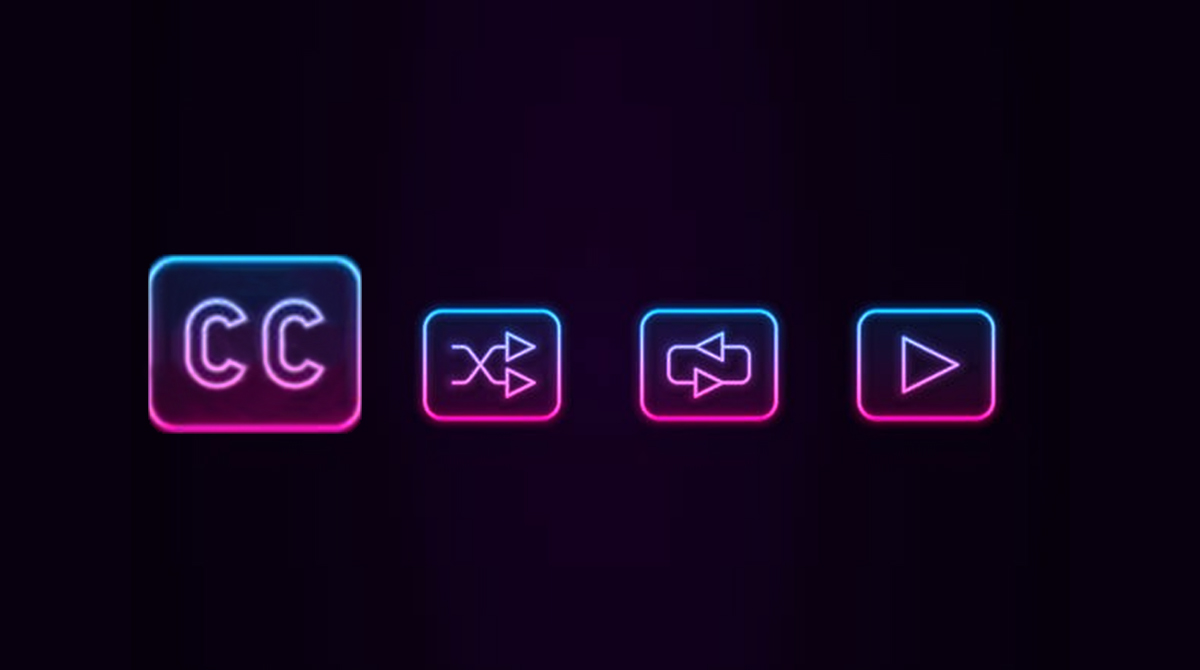The viewer’s eternal dilemma in a foreign language
In its first 28 days, Squid Game racked up 111 million views and set the record for the best series premiere on Netflix. It was a phenomenon that captivated an audience far beyond the estimated 80 million people who speak the show’s original language, leading millions of viewers to turn to subtitles or dubbing.
This Korean drama reignited the age-old debate: dubbing or subtitles? Current trends suggest that subtitles are gaining the upper hand. In 2020, Chris Carey, manager of Iyuno Media Group, a trailblazer in the U.S. for dubbing and subtitling films, told IndieWire that they had produced 44,000 hours of dubbing versus 300,000 hours of subtitles in the past year.
This data can be linked to the challenges of adapting the Korean language for dubbing, for instance, when it comes to synchronizing the number of syllables and lip movements in languages that are vastly different in both phonetics and syntax. This is known in the industry as lip sync.
When a company like eSteno, which produces tens of thousands of hours of subtitles annually, works on the closed captions for a series like Squid Game, it invites the viewers to immerse themselves in the rhythm and musicality of the original language, which is a vital part of the characters’ personalities and lives.
The Joker’s title teased fans
As soon as director Todd Phillips posted the name of the Joker in the second on his Instagram account, fans around the globe started hunting for translations that might hint at the new escapades of the infamous Batman villain. The film, starring Joaquin Phoenix, will be titled Joker: Folie à Deux.
Several media outlets echoed a literal translation: Madness for Two or Shared Madness. This has already sparked speculation about the plot twists in store. The villain Harley Quinn or the sudden appearance of Batman in the film are two theories stemming from the title’s translation, which can sometimes be a real brain teaser for the industry. In Spain, for instance, the first release of Joker was unfortunately rebranded as El Bromas (The Joke), leading to theories about what Phillips’ new film will be called in that country. To ensure even the smallest details are taken care of, eSteno provides guidance on the entire process of subtitling a production and adapting a script, taking into account the variables of each region or country. It’s crucial to have professionals who understand the product and can interpret it in a way that suits the different idiosyncrasies and realities. This way, no joke will fall flat.
Seeing when you can’t hear, hearing when you can’t see
In the world of audiovisual media, there are two main types of subtitles: open and closed captions. Open captions only display the dialog, while closed captions provide descriptions of non-verbal sounds. This allows users with hearing impairments and deafness to understand what’s happening on TV or in the movies. It’s also the preferred method in audiovisual broadcasts in places like airplanes, train stations, hospitals, subways, and bars, where it’s often impossible to catch the audio of what’s on screen.
Accessing non-verbal sounds such as laughter, applause, thumps, groans, gunshots, screams or dramatic, creepy or light background music promotes equality and enhances the viewer’s experience.
As a result, eSteno’s work in this type of subtitling is comprehensive and detailed, taking into account all contextual details. For instance, when someone can’t hear, they have the right to understand if a character’s statement is ironic or not. With these types of captions, hearing-impaired users better understand characters like Dr. House, who always speaks with irony and dark humor.
Similarly, thanks to the audio description service (AD), blind or visually impaired people can access the content in the same way. AD is an inclusive tool, designed to narrate the most relevant information contained within an audiovisual piece for those who can’t see it. Narrating non-verbal actions significantly enhances the understanding of a visually-impaired person when it’s pointed out that someone is pointing a gun, the villain is stalking the victim, the girl’s little finger touched his hand, etc.





